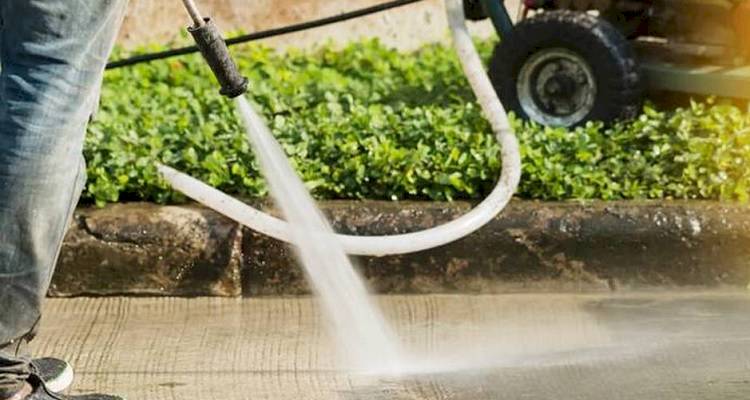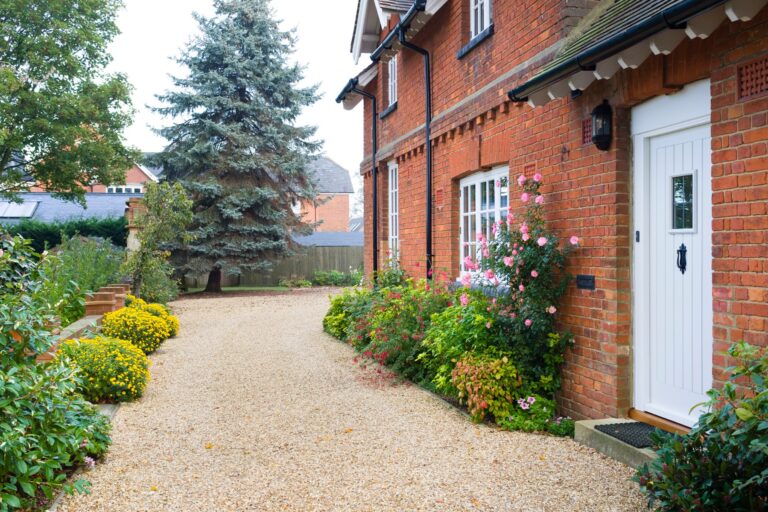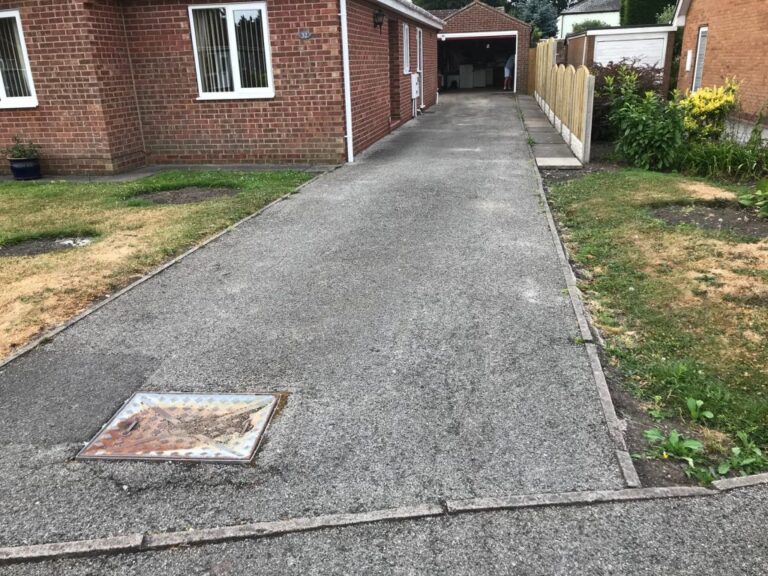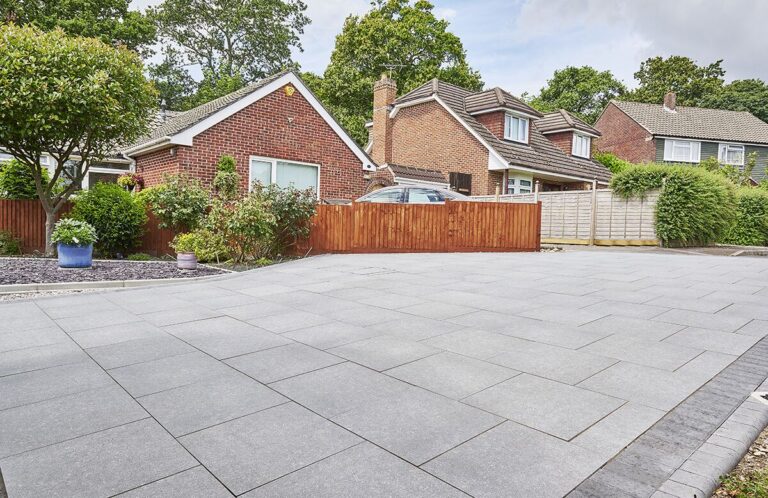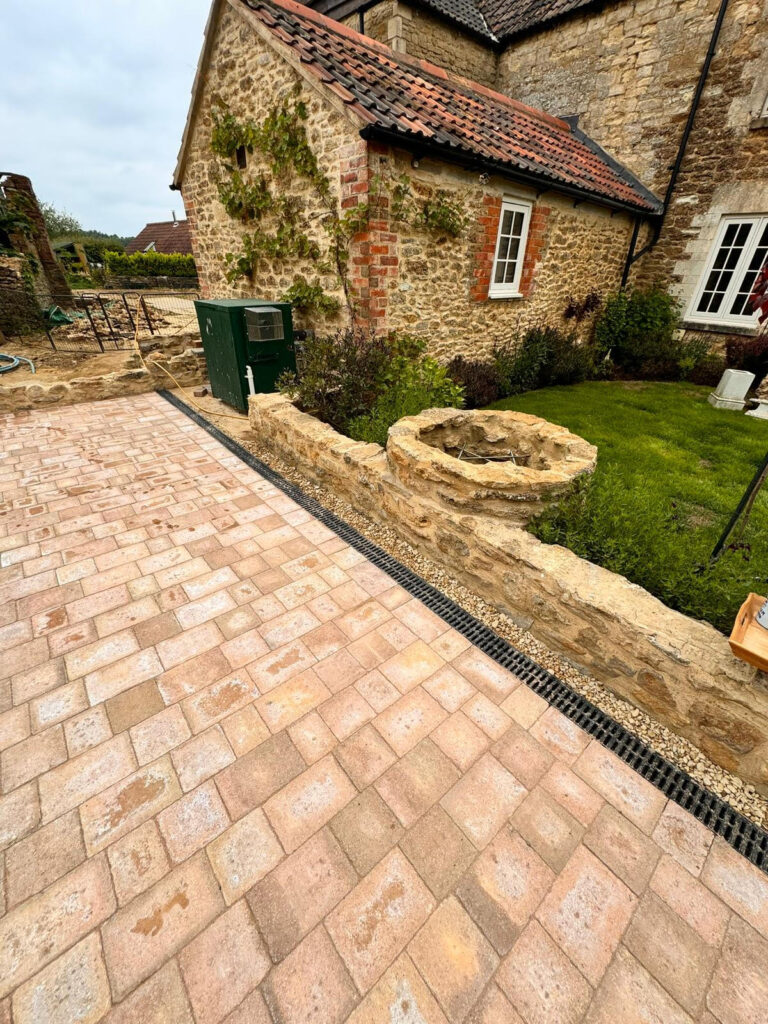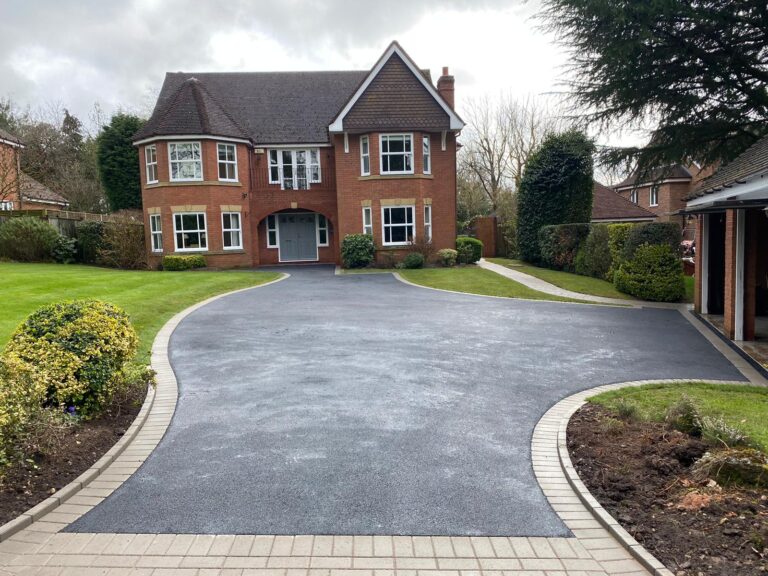Pressure washing is an effective way to clean and maintain your driveway, whether it’s made of concrete, block paving, tarmac, or gravel.
It can remove built-up dirt, moss, algae, and even stubborn stains, restoring your driveway to its former glory.
However, using a pressure washer incorrectly can lead to serious damage, costing you more in repairs and maintenance.
In this article, we’ll explore the essential do’s and don’ts of driveway pressure washing, helping you get the best results without harming your driveway.
Do: Choose the Right Pressure Washer
Using the right pressure washer is crucial when cleaning your driveway. Too much pressure can damage the surface, while too little pressure may not clean effectively. Before you start, check your pressure washer’s specifications to ensure it’s suitable for your driveway material.
What to do:
- Adjust the pressure setting: For most driveways, a pressure of around 2,000 to 3,000 PSI (pounds per square inch) is ideal. This pressure is strong enough to clean effectively without damaging most driveway surfaces.
- Select the right nozzle: Pressure washers come with different nozzles for various tasks. Use a wide-angle nozzle (usually 25 or 40 degrees) for general cleaning. A narrow nozzle (0 or 15 degrees) is for more focused, high-pressure tasks but should be used with caution to avoid damaging the surface.
Don’t: Use Too High of a Pressure Setting
Using a high-pressure setting can cause more harm than good. If the pressure is too intense, it can erode the surface of your driveway, especially on porous materials like tarmac and block paving. The high-pressure water can even cause cracks or chips to form, leading to expensive repairs.
What to avoid:
- Avoid using a narrow nozzle at full pressure: This can cause the water to hit a concentrated spot on the driveway, which might strip away the surface or dislodge paving stones.
- Don’t use the highest pressure setting: Always start with the lowest pressure setting, then increase it gradually if needed. The goal is to remove dirt, not to damage the driveway.
Do: Clean in a Consistent Pattern
To achieve an even clean without leaving streaks or areas that are still dirty, it’s important to clean your driveway in a consistent, systematic pattern. Work your way from one end of the driveway to the other in straight lines, overlapping slightly to ensure every area gets cleaned.
What to do:
- Clean in overlapping rows: This ensures that no areas are missed and that the pressure is distributed evenly.
- Move the nozzle constantly: Don’t hold the pressure washer nozzle in one spot for too long. Move it in a sweeping motion to avoid concentrating water on one spot, which can lead to damage.
Don’t: Hold the Nozzle Too Close to the Surface
Getting too close to the driveway with the pressure washer can cause the water to forcefully impact the surface, potentially leading to damage. Keep a safe distance between the nozzle and the surface to ensure an even clean and prevent any damage.
What to avoid:
- Don’t stand too close to the surface: Aim to hold the nozzle around 6-12 inches away from the surface. This distance provides the right pressure for cleaning while avoiding direct impact that can harm the driveway material.
- Don’t blast directly at cracks: Avoid concentrating pressure on cracks, joints, or edges of the driveway, as this can cause further damage.
Do: Use Detergents for Stubborn Stains
For tough stains such as oil, grease, or moss, using a driveway-safe detergent can help break down the dirt before you pressure wash. Some pressure washers even have detergent dispensers that can mix soap with the water as it’s being sprayed.
What to do:
- Apply detergent first: Spray the detergent on the stains and let it sit for a few minutes. This will allow it to break down the dirt and make it easier to wash away.
- Use eco-friendly cleaning solutions: Opt for biodegradable and non-toxic detergents to avoid harming plants, animals, or the environment.
Don’t: Forget to Rinse Thoroughly
After pressure washing your driveway, it’s essential to rinse thoroughly. Leftover detergent or dirt can make the surface slippery or cause it to become stained again quickly.
What to avoid:
- Don’t skip the rinse: After you’ve cleaned the surface, rinse away any cleaning solutions or debris. Standing water can also damage the driveway if left to sit.
- Don’t leave detergent residue: Make sure all detergent is washed away, especially when using cleaners for stubborn stains. Residual soap can attract more dirt, which will result in your driveway looking dirty again quickly.
Do: Maintain Your Pressure Washer
Maintaining your pressure washer is essential for long-lasting performance. Regular cleaning and servicing will ensure that the machine operates at its full potential and that you get the best results when cleaning your driveway.
What to do:
- Clean the nozzle after use: After each use, make sure to remove any debris that has built up in the nozzle or hoses.
- Check for leaks or damage: Regularly check for any damage or leaks in the hoses or pressure settings to ensure your pressure washer is working efficiently.
Don’t: Pressure Wash in Extreme Weather
Pressure washing in extreme weather conditions, such as very hot or freezing temperatures, can damage your driveway and affect the efficiency of the cleaning process.
What to avoid:
- Don’t pressure wash in freezing weather: If the temperature is too low, the water may freeze, causing the surface to become slippery and potentially damaging the driveway.
- Avoid pressure washing during extreme heat: Extremely high temperatures can cause some driveway materials to crack or become brittle, so it’s best to pressure wash during milder weather.
Pressure washing can be a fantastic way to refresh and maintain your driveway, but it’s important to use the right techniques and materials to avoid causing damage.
By following these essential do’s and don’ts, you can clean your driveway effectively and safely, helping to extend its lifespan and improve its appearance.
Whether you’re removing dirt, moss, or stains, pressure washing offers a quick and easy solution—just be sure to do it properly!

